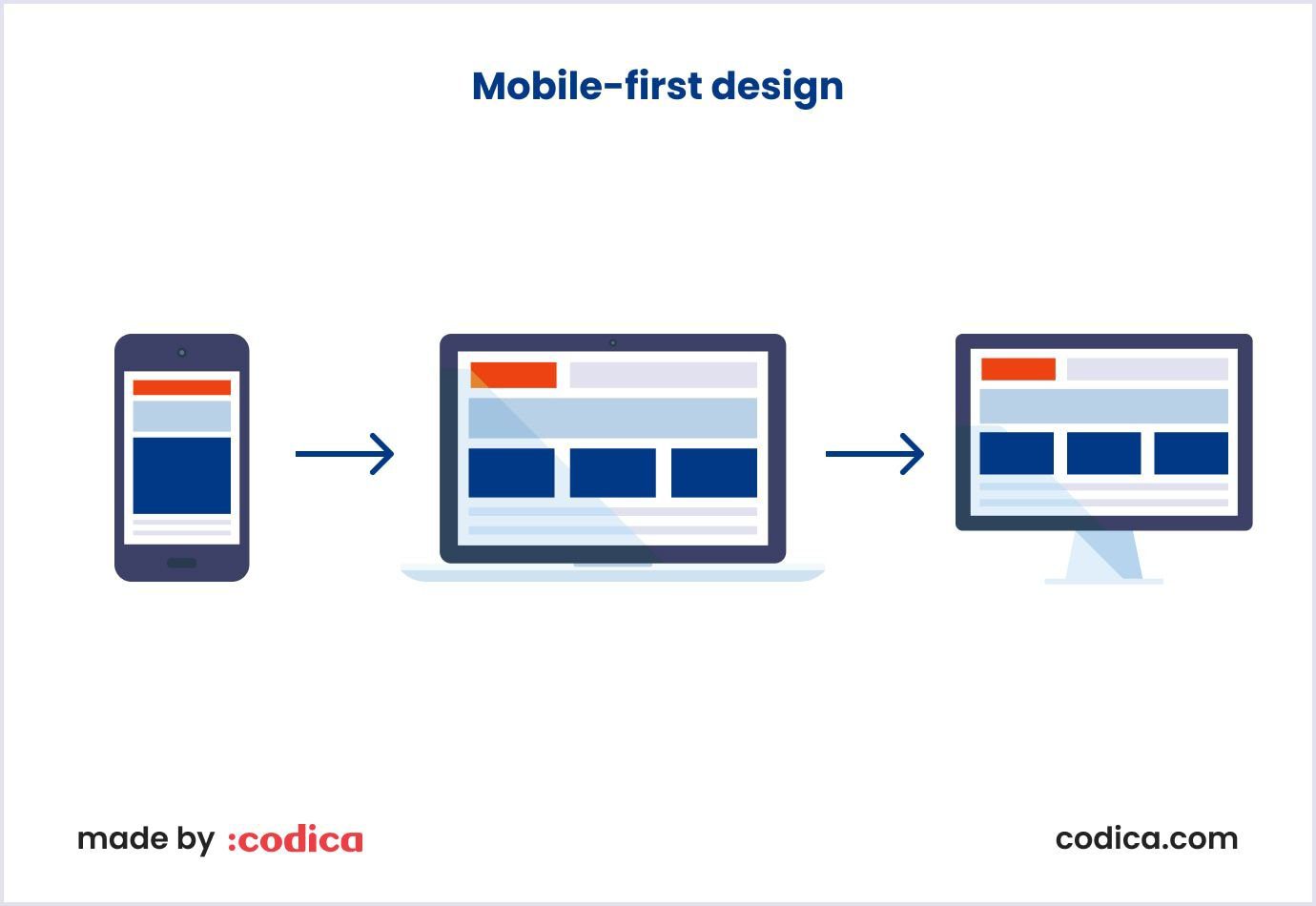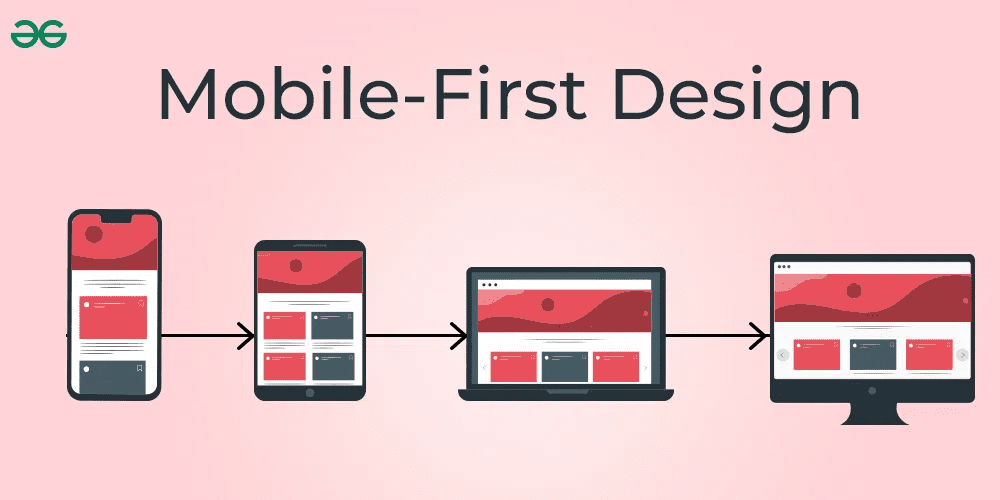In an era where mobile devices account for a staggering 58% of global website traffic, embracing Mobile-First Design has become imperative for businesses seeking to thrive online. This innovative approach prioritizes the user experience on small screens, ensuring optimal web user engagement through intuitive navigation and rapid loading times. By centering design strategies around mobile optimization, companies can significantly enhance user retention and interaction, paving the way for improved conversion rates. Additionally, Mobile-First Design not only caters to users’ needs but also aligns with search engine algorithms that favor mobile-friendly websites, further enhancing visibility. As we dive deeper into this transformative design philosophy, it’s clear that adopting a mobile-first mindset is no longer optional but essential for digital success.
In today’s rapidly evolving online landscape, prioritizing mobile-centric strategies has become crucial for ensuring effective digital interactions. Often referred to as smartphone-focused design or handheld-first methodologies, these concepts are centered around creating seamless experiences tailored specifically for mobile users. By embracing this paradigm, businesses can significantly enhance user engagement, bolster conversion effectiveness, and streamline their responsive design efforts. With a shift towards mobile-centric web interfaces, organizations can not only meet the rising expectations of users but also adapt to the dynamic nature of search engine optimization. Ultimately, redefining web design with an emphasis on mobile interaction sets the stage for a more engaging business ecosystem.

The Digital Landscape in Transition
In this era sculpted by screens and swipes, the digital landscape is undergoing a remarkable transition. A robust 58% of global web traffic now flows through palm-sized devices, a revolution reshaping how we conceive design. This shift imposes an urgent imperative: brands must embrace mobile-first strategies or risk being lost in the digital noise.
Whether we browse from a bustling café or during a commute, mobile web access has created a more immediate connection between users and their desired content. Websites now bear the weight of responsibility to adapt, engaging users in ways that resonate with their on-the-go lifestyles. Innovative designs that cater to mobile interfaces are no longer optional; they have become fundamental to survival in our ever-evolving online ecosystem.
Elevating User Engagement Through Experience
User experience stands as a pillar in the fragile architecture of web interaction. Imagine standing in a crowded space, trying to communicate over the blaring noise of distractions. Poor navigational designs evoke similar frustrations. With mobile-first design, this narrative shifts drastically — loading times diminish, and the seamless fluidity of navigation invites users to linger, explore, and connect.
Reporting from the frontlines, brands leveraging mobile-first approaches have witnessed substantial spikes in user engagement. Through intuitive interfaces and accessible content, websites become sanctuaries of engagement where users can escape the chaos around them, embracing meaningful interactions effortlessly. The statistics reveal a profound truth: every second shaved off loading times solidifies user interest, transforming casual visitors into loyal patrons.
Strategic SEO for a Mobile-First Era
As the realm of mobile-first design burgeons, SEO strategies must dance gracefully alongside it. With search engines like Google prioritizing mobile-friendly websites, businesses find themselves tethered to the performance of their mobile interfaces. It’s not just about visibility; it’s about creating an inviting digital threshold that beckons users to step through.
Emphasizing mobile optimization and streamlined content structure, the marriage of user experience and search engine optimization has never been more virtuous. Brands investing in responsive designs will not only ascend in search rankings but also amaze users with fluid experiences that cater to their needs — a dual win in today’s digital ballet.

Embracing the Mobile-First Revolution
As we stand on the brink of a digital evolution, it becomes abundantly clear that the shift to mobile-first design is not just a fleeting trend, but a fundamental transformation of how we engage with the online universe. With mobile devices commanding a staggering 58% of global web traffic, the implications for businesses are profound. By embracing a mobile-first approach, companies enhance their connection with users, fostering an environment where engagement flourishes, and conversion rates soar. It’s a landscape where usability and accessibility reign supreme, and those who heed this call lay the groundwork for enduring success.
Moreover, this mobile-centric shift is accompanied by the significant SEO advantages it brings. In a world where Google prioritizes mobile-friendly experiences, websites that adhere to mobile-first design principles not only stay competitive but thrive. Ignoring this trend equates to losing visibility in an increasingly crowded digital arena.















